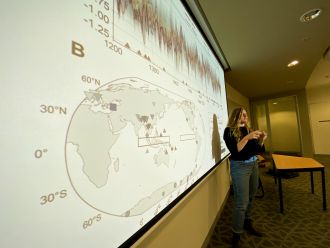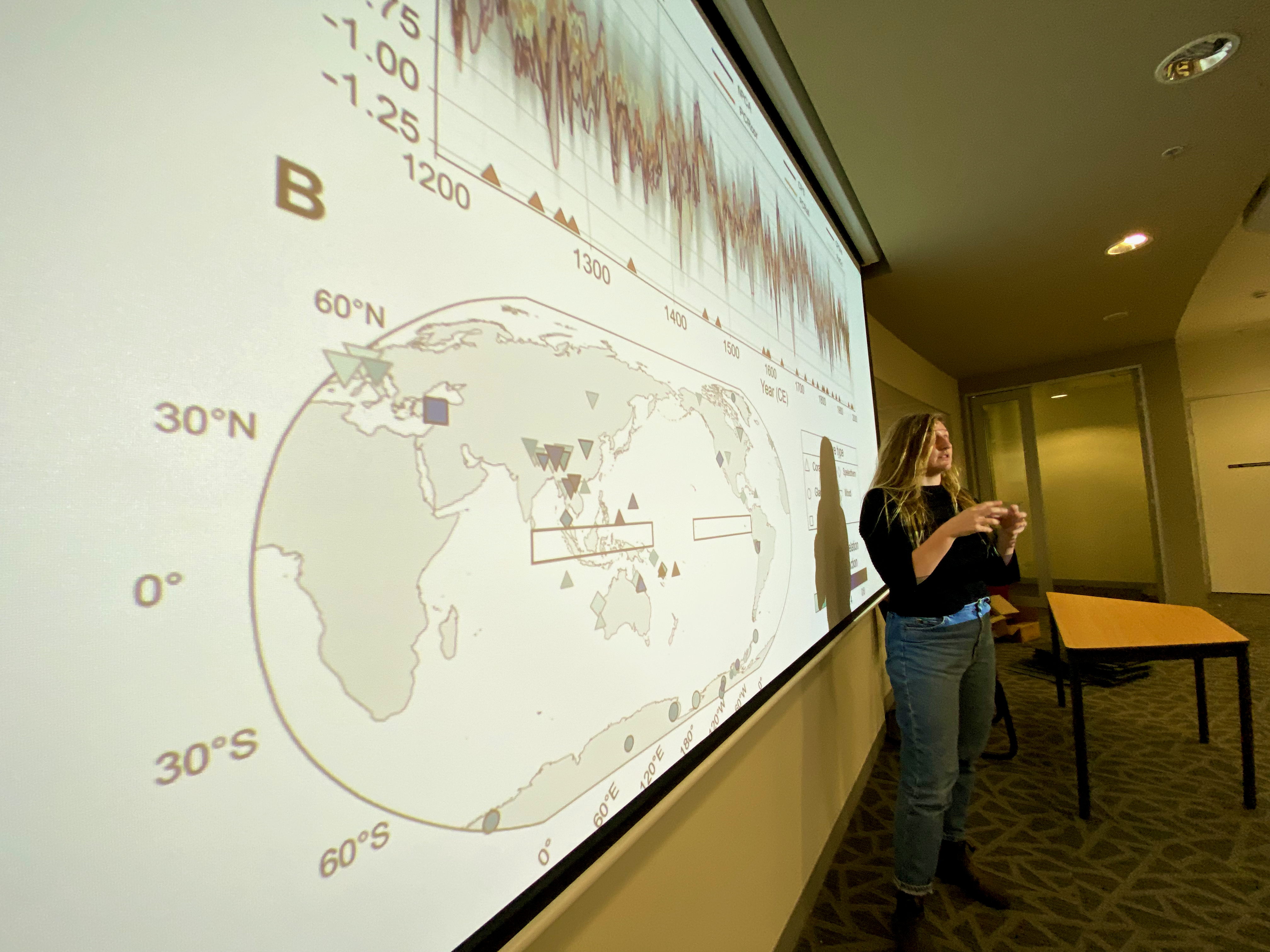Media release
From:
Researchers have found the atmospheric flow around the Pacific Ocean (the Pacific Walker Circulation) has changed, with important implications for El Niño and La Niña events.
Key findings:
- The length of time for the Pacific Walker Circulation to switch between El Niño-like and La Niña-like phases has slowed over the industrial era.
- Multi-year El Niño and La Niña events may become more common as a result.
- Multi-year El Niño and La Niña events can exacerbate the associated risks of drought, fire, rains and floods.
- Aerosol pollution (as distinct from greenhouse gases) may impact the strength of the Pacific Walker Circulation, making La Niña events more likely.
- Volcanic eruptions cause an El Niño-like weakening of the Pacific Walker Circulation
“After Australia saw severe flooding and rainfall from a rare 3 year La Niña event, our research has found that one of the key drivers of these events is changing, with slower transitions between La Niña and El Niño events” says Dr Georgy Falster, Research Fellow at the ARC Centre of Excellence for Climate Extremes.
“That means in future we could see more of these multi-year La Niña or El Niño events as the atmospheric flow above the Pacific Ocean switches more slowly between La Niña and El Niño phases” says Dr Falster.
The research, published today in Nature, used global data from ice cores, trees, lakes, corals and caves to build a picture of how the Pacific Walker Circulation has changed over time. Dr Falster began this research whilst working as a Postdoctoral Research Associate at Washington University in St. Louis.
“The Pacific Ocean is one of the most important aspects of global climate and weather - largely due to its size. What happens in such a huge ocean has wide ranging impacts all across the globe” says Dr Falster.
“If atmospheric circulation over the Pacific Ocean changes, known as the Pacific Walker Circulation, that has major impacts on the weather we experience across the entire planet. Human-caused changes to the Pacific Walker Circulation could mean we experience El Niño and La Niña, and the risks associated with them, for longer periods. Multiple years of El Niño and La Niña could become more common”
The researchers say humans are impacting climate systems like the Pacific Walker Circulation, but not in the ways they expected.
“We set out to find out whether greenhouse gases had affected the Pacific Walker Circulation. We found that the overall strength hasn’t changed yet, but instead, the year-to-year behaviour is different” says Dr Falster.
“Ultimately, we know the planet is warming and that warming is caused by human-induced greenhouse gases. To plan and adapt for the impacts of climate change, we need to improve our knowledge of climate systems across the board. We need to know how the Pacific Walker Circulation is responding to global warming so we can help communities prepare for potential periods of flood, drought, rain and fire.”
The paper is published today in Nature [The link will go live when the embargo ends]. This research was funded by the US National Science Foundation and the Australian Research Council Centre of Excellence for Climate Extremes.
Multimedia










 Australia; NSW; ACT
Australia; NSW; ACT



